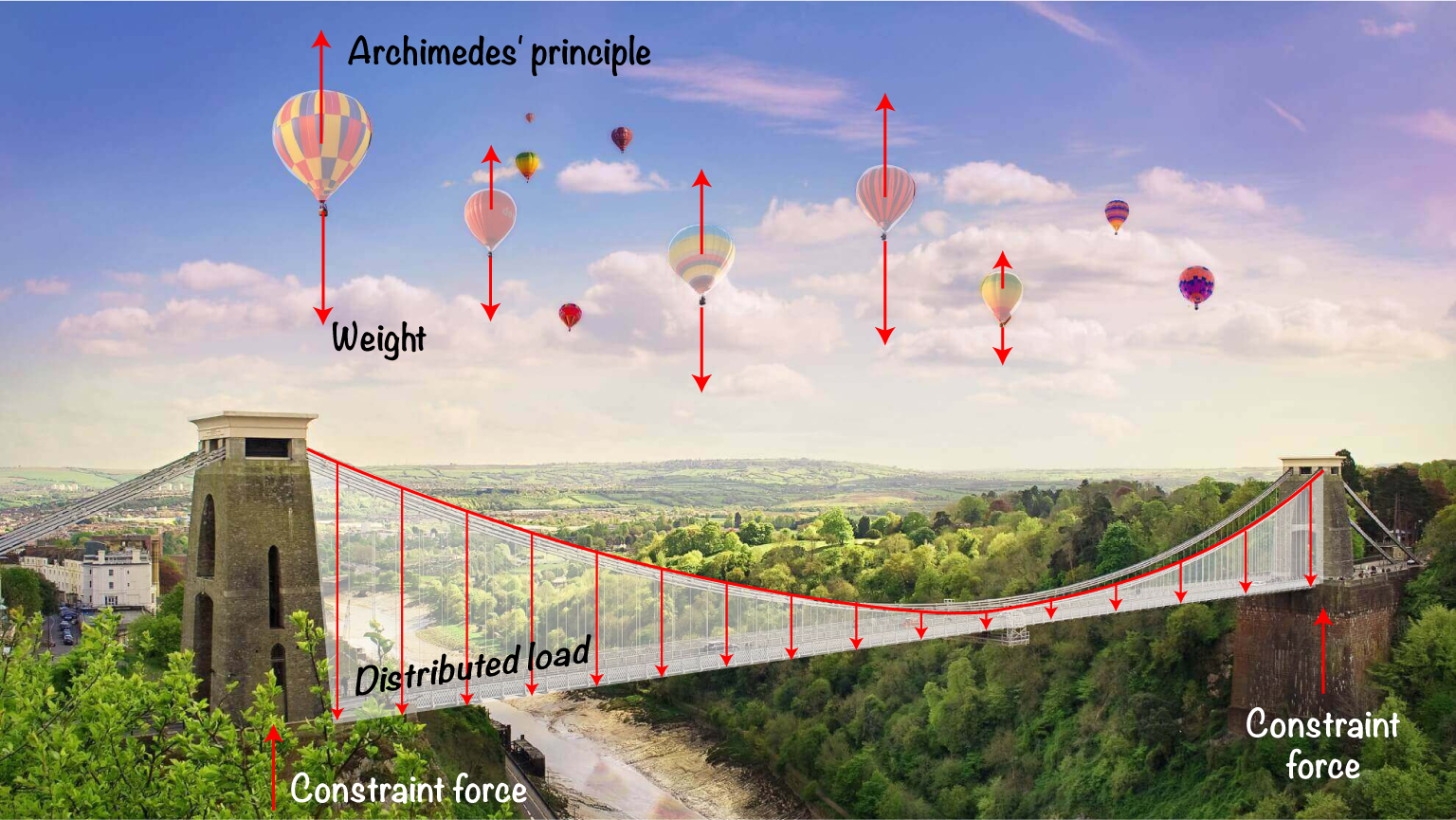A simple and effective way to explain model reduction based on projection is by means of a metaphor. Using pen and paper you can draw few lines and depict a square. Adding few extra lines, the square can become a cube. These additional lines add information about the 2D representation of a 3D object.

Actually, we added some extra lines and our mind fill the gaps to obtain a mental image of the 3D object. What we have done is projecting a 3D object (the cube) onto 2D surface (the paper). The object has 3 dimensions (length, height, width) but is represented in a space with only 2 dimensions. This idea can be scaled to objects which exist in more than 3 dimensions. For example, objects like the Klein bottle exist in a space with 4 dimensions (4D). Luckily, maths allows us to see what we can’t imagine with our limited senses and 4D object can be projected in a 3D space and thereafter onto 2D surface. We’re representing the complexity of a 4D object using a summary made in a 2D space!

Generalising this idea, we can have model with a large number n of degrees-of-freedom. Aerodynamic models based on CFD equations (Euler, RANS, etc .. ) contain from hundreds of thousands to millions of degrees-of-freedom. In fact, the domain is discretised in a large number of points and each point has a set of associated degrees-of-freedom (density, pressure, velocity components, etc).

In particular, systems I’m targeting are composed of two subsystems: aerodynamics and flight dynamics, respectively. The resulting models are very large, leading to very long simulations. These models can be projected onto small modal bases similarly to what we have done with 3D and 4D objects. The result is a small representation of the complex model which has only few degrees-of-freedom. Of course, all the mathematical details are not discussed here but the key point is the calculation of the modal basis for such large systems. In addition, the basis should be able to retrain the important features of the complex system.
Once the projection is performed, we can use the reduced model to perform simulations in place of the full order model. Thanks to the small size, the time required to calculate the solutions is reduced to seconds instead of days!

